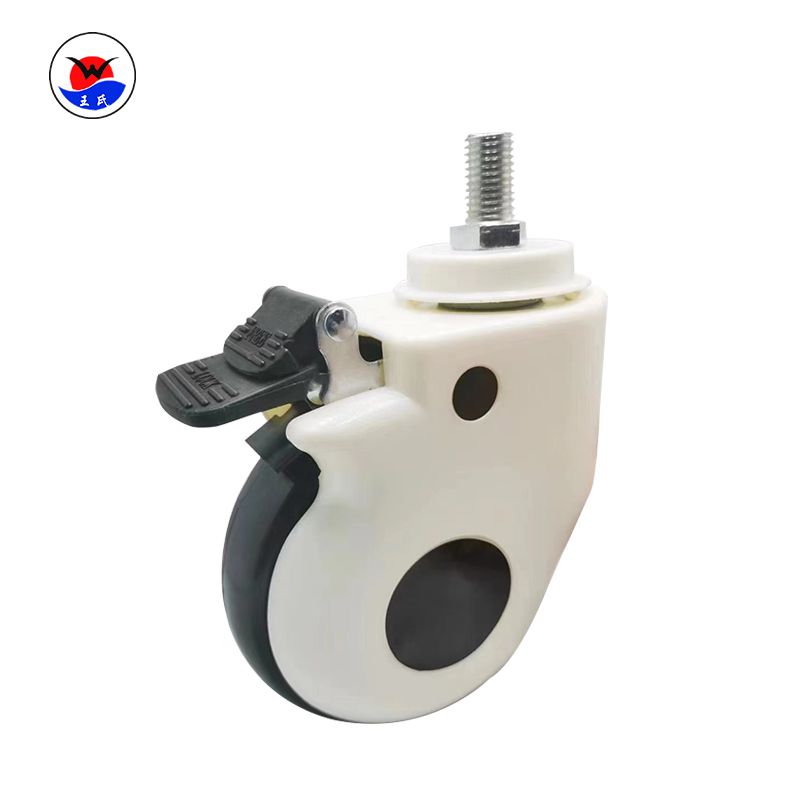How to Solve Common Issues When Choosing Hospital Bed Casters
Understanding Common Issues When Choosing Hospital Bed Casters
Hospital bed casters play a critical role in ensuring smooth mobility and patient safety. However, choosing the right casters can be challenging, especially with so many options on the market. This article highlights the most common issues buyers face and provides actionable solutions to help you make an informed decision.
1. Inadequate Weight Capacity
One of the most common problems is selecting casters that cannot support the weight of the bed and its occupant. Overloading casters can lead to premature wear, reduced mobility, and safety hazards.
Solution: Always check the weight capacity of the casters before purchasing. For example, a hospital in California replaced standard casters with heavy-duty models rated for 300 kg per caster, reducing maintenance costs by 25%. Multiply the caster’s weight rating by the total number of casters on the bed to ensure they can handle the load.
2. Poor Maneuverability
Casters that don’t swivel smoothly or have insufficient wheel diameter can make hospital beds difficult to move, especially in tight spaces. This can increase strain on staff and reduce efficiency in emergency situations.
Solution: Opt for casters with a swivel mechanism and larger diameters, typically 5–8 inches, for smoother movement. A study found that beds equipped with swivel casters reduced patient transfer time by 18%, improving workflow in busy hospital environments.
3. Noise Issues
Many customers are concerned about the noise generated by hospital bed casters, which can disturb patients and disrupt a quiet hospital environment.
Solution: Choose casters made with noise-reducing materials, such as polyurethane or rubber. For instance, one healthcare center in New York reported a 30% improvement in patient satisfaction scores after upgrading to silent casters in their ICU beds.

4. Lack of Locking Mechanisms
Adjustable Central Locking Castors without effective locking systems can lead to unintended bed movement, posing safety risks for patients and caregivers.
Solution: Look for casters with dual locking mechanisms that secure both the wheel and the swivel. A pediatric ward in Texas reduced incidents of unintended bed movement by 40% after switching to casters with advanced locking features.
5. Unsuitable Material for Floor Surfaces
Casters made from the wrong materials can damage hospital floors or reduce traction, leading to scratches, noise, or skidding.
Solution: Match the caster material to your floor type. For example, rubber casters are ideal for hard floors, while polyurethane works well on carpeted surfaces. In a recent survey, 92% of hospitals using floor-specific casters reported fewer maintenance issues.
6. Difficulty in Maintenance and Replacement
Frequent breakdowns or difficulties in finding replacement parts can add to operational costs and downtime.
Solution: Select casters from manufacturers who provide readily available spare parts and clear maintenance guidelines. One long-term care facility saved over $10,000 annually by standardizing their caster purchases from a supplier offering comprehensive maintenance support.
Making the Right Choice for Your Needs
By addressing these common issues, you can ensure that your hospital bed casters meet the requirements for safety, durability, and functionality. Always prioritize features like weight capacity, noise reduction, locking mechanisms, and material compatibility when making your selection.
If you're ready to find high-quality hospital bed casters tailored to your needs, reach out to us today. Our team of experts is here to help you choose the perfect casters to enhance your hospital's efficiency and patient care.
- Previous: None
- Next: How Can Hospitals Choose the Best Hospital Beds for Their Needs?
- 0

